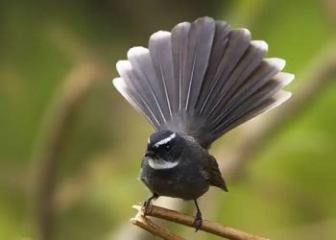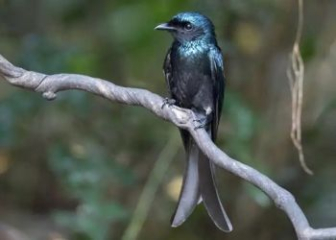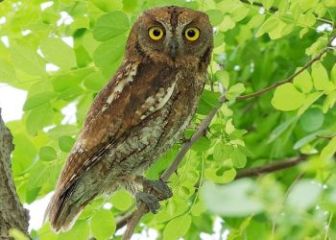Wren - A colorful sparrow with a beautiful voice
Blog | by
The Wren (Linaria cannabina) is a wild bird common in Europe and Western Asia. It is small in appearance, stands out with its pink-red feathers and melodious song.
The Wren (scientific name: Linaria cannabina) is a special species of passerine with bright red-pink feathers and a clear, melodious song. With its graceful appearance and habit of living and moving in flocks, the Wren has become an image associated with the grasslands and bushes in Europe and Western Asia.
In today's article, let's learn more about the nicebirds, physical characteristics and some interesting habits of the Red-crowned Sparrow !
Origin & distribution of the Wren
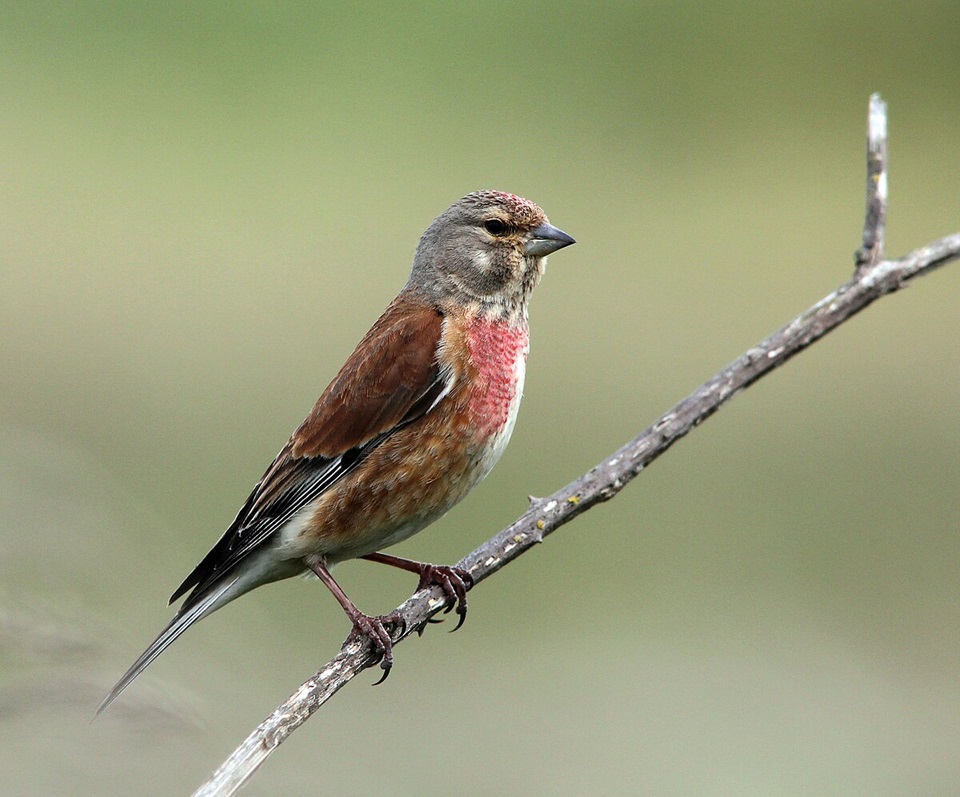
Origin of the Wren.
The Common Linnet, also known as the Common Wren, is a bird native to Europe, Western Asia, and North Africa.
The wren is a species of passerine with a long evolutionary history, adapted to open environments with many low bushes, grasslands or fields. Thanks to its short-term migration habits, the wren has expanded its habitat and distribution widely.
This bird species is not naturally distributed in Vietnam but is still imported for the purpose of keeping as an ornamental bird (not popular) in some places.
The name “cannabiana” comes from “Cannabis” - hemp, because this bird loves to eat hemp seeds.
Identification characteristics of the Wren
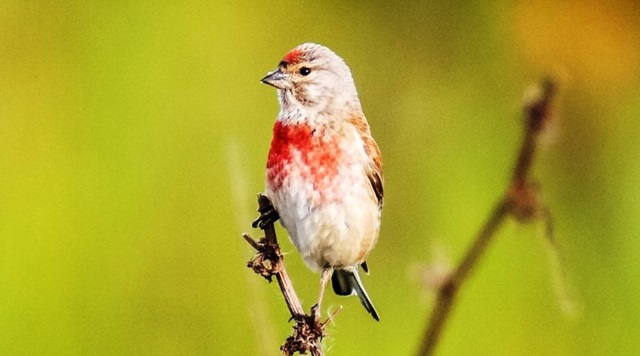
The Wren bird has a small appearance and a characteristic pink tuft of feathers.
Let's learn in detail about the morphological characteristics of the European Wren to see how this bird is different from other common sparrows.
Size & shape :
- Length: 13 - 15 cm
- Wingspan : 21 - 25 cm
- Weight : 15 - 22 grams
- Shape : Small, similar to other normal sparrows
- Beak : Conical, short, pointed, grey
- Head : No crest, black eyes
- Wings : Slightly pointed, with white edges
- Tail : Long, slightly forked. Spreads out when flying.
- Posture : Legs together, standing straight, head up, looking very smart
Feather color of male bird (adult)
Breeding season (spring - summer) :
- The chest and forehead are a striking bright pink-red - the origin of the name "Wren"
- The back is light brown, with a gray tinge.
- Belly is ivory white, flanks are light brown
- Wings and fins are dark brown.
- The beak is grey.
Winter :
-
The pink-red color fades or disappears completely, the feathers are only brown-gray like the female bird.
Female bird feather color :
- Overall light grey-brown, light belly, white-edged wings
- No pinkish red patches on head and chest
- Looks like other normal sparrows
Baby bird feather color :
- Similar to female but paler in color.
- Belly has light brown stripes
- No red patches yet
Wren behavior & habits
Wrens have many habits and behaviors similar to sparrows such as living in flocks, liking to eat seeds, being territorial,... Let's learn more below.
Live in a pack
Wrens always live in small flocks of 10 - 50 individuals (except during the breeding season) or even up to hundreds of birds. In the flock there will be all kinds of birds from males, females and even young birds, they live together very peacefully and often move together from one area to another.
Like to eat tree seeds
Red-shouldered birds love to eat wild seeds such as grass, hemp, millet, weeds, etc. During the breeding season, female birds can eat small insects such as worms, aphids, etc. to feed their young.
These birds usually forage for seeds on the ground or in low trees. They also occasionally perch on shrubs to peck and pick young shoots.
Reproductive behavior
Let's learn a little about the reproductive habits of the Wren.
- Breeding season usually takes place from March to July depending on the living area.
- This bird usually nests in low bushes just 1 - 2 meters above the ground.
- Bird's nest is made from grass roots, straw, feathers, and bird feathers to form a small cup.
- Each brood of female Wrens lays 4-6 eggs, the eggs are light blue or gray-blue with many brown spots.
- The female will incubate the eggs for 12 - 15 days, the male will guard and feed them.
- The baby birds will leave the nest after about 2 weeks to begin their independent lives.
Migratory
Wrens are semi-migratory birds, depending on where they live.
- Northern Europe : Wrens will migrate to South or West Asia to avoid the cold in winter.
- Central Europe - Western Europe : Wrens are resident year-round, making only short foraging trips.
The male bird has a melodious song.
The male Wren has a melodious, chirping and rhythmic song, and is considered to have the best voice in the Passerine order. The male uses his song to establish territory and attract mates.
Especially when flying, they will make a very pleasant "li-li-li" or "cheer - up" sound.
Are Wrens recommended as pets?
European wrens are perfectly acceptable as pets, but are not widely recommended for biological and ethical reasons. Find out more below.
- Not recommended for keeping in Europe: Since this is a wild bird, living in the wild, their capture and captivity may be restricted by the “Wild Bird Conservation Law”.
- Not common in Vietnam: Wrens are not naturally distributed in Vietnam, so this bird is very rare in the pet bird market, because their survival rate is usually not high and they do not have a long lifespan.
- There are several limitations to keeping in captivity: This bird is difficult to tame because it is wary and easily panicked in captivity, and can even become stressed and die. In addition, the Wren does not breed in normal captivity.
Questions and answers about the Wren?
Do wrens sing well?
Yes, the male wren has a very melodious and pleasant song, especially during the breeding season.
Is a wren a sparrow?
The wren is a species of bird in the order Passeriformes - the same family as common sparrows, only with a different appearance and song.
Are wrens migratory birds?
Depending on where they live, wrens may or may not migrate. For example, populations in northern Europe or cold regions will migrate south to avoid the cold in winter. However, populations in western and central Europe do not migrate.
Where do wrens usually live?
This bird species often lives in grasslands, bushes or semi-wild areas in England, France, Germany,....
Beautiful picture of the wren bird
To help you visualize the Wren better, below we have collected many beautiful and realistic images of this lovely bird in the wild. Let's admire it right away!
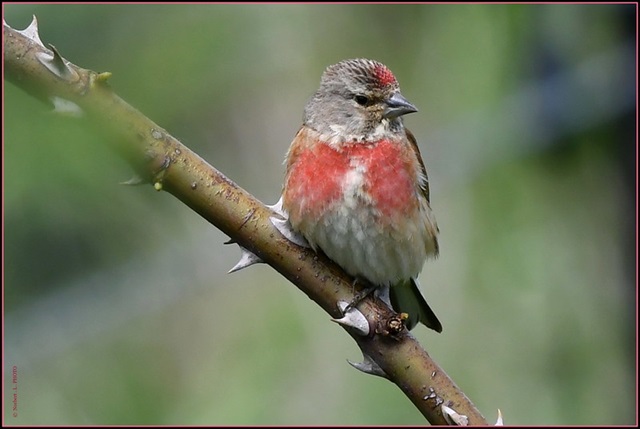
Image of a wren perched on a hemp branch.
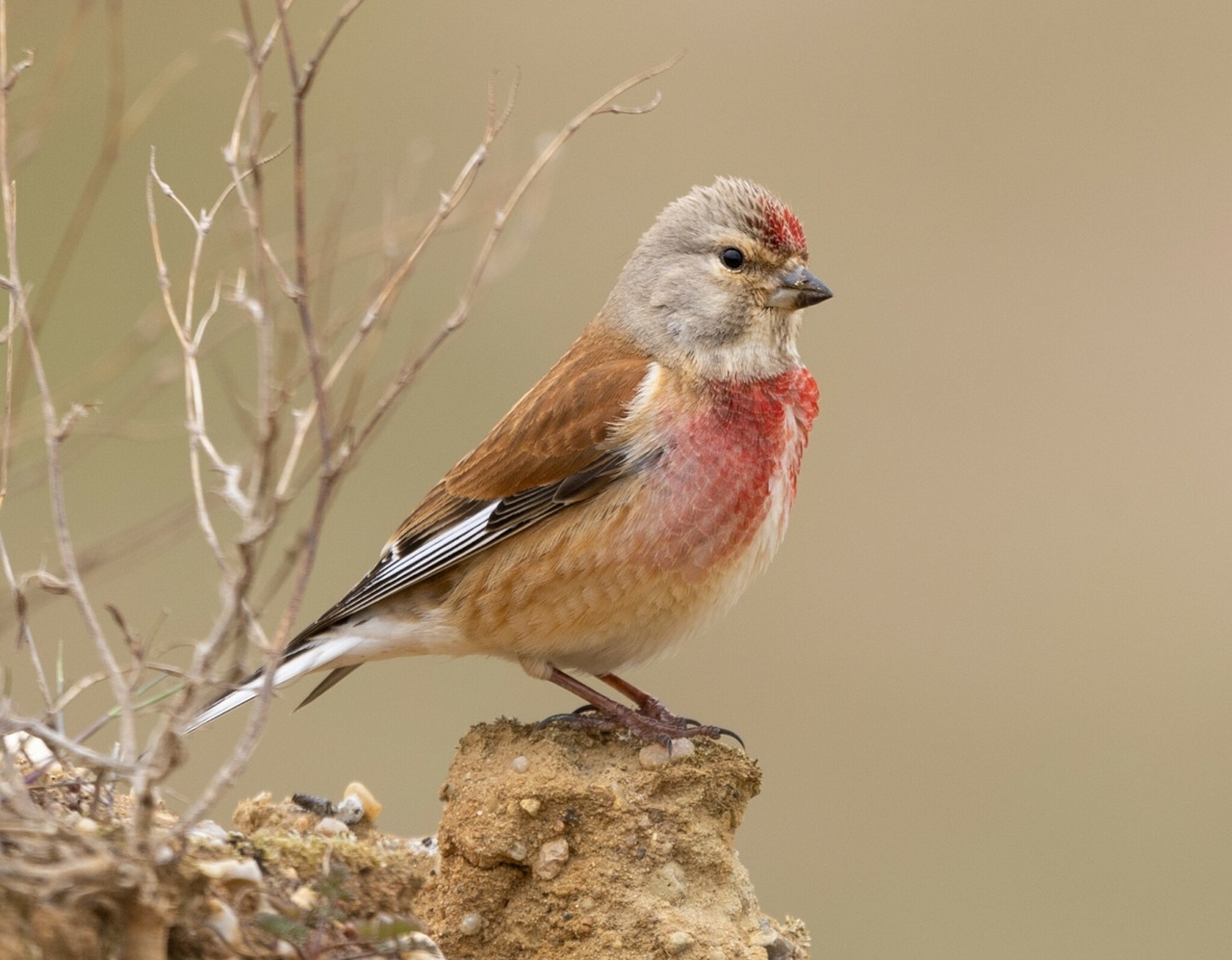
A wren is perched on a small rock.

The Wren bird has a distinctive pink plumage.
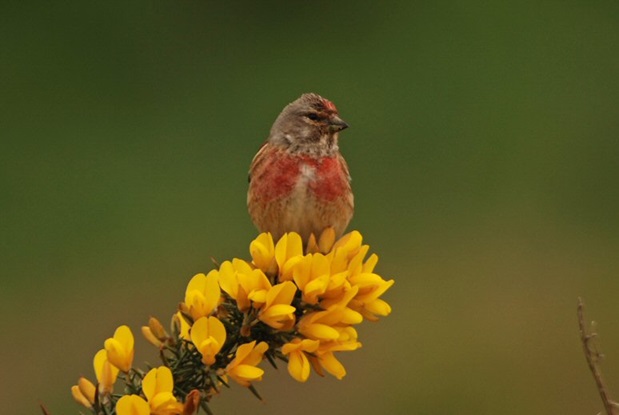
A wren is perched on a flower branch.
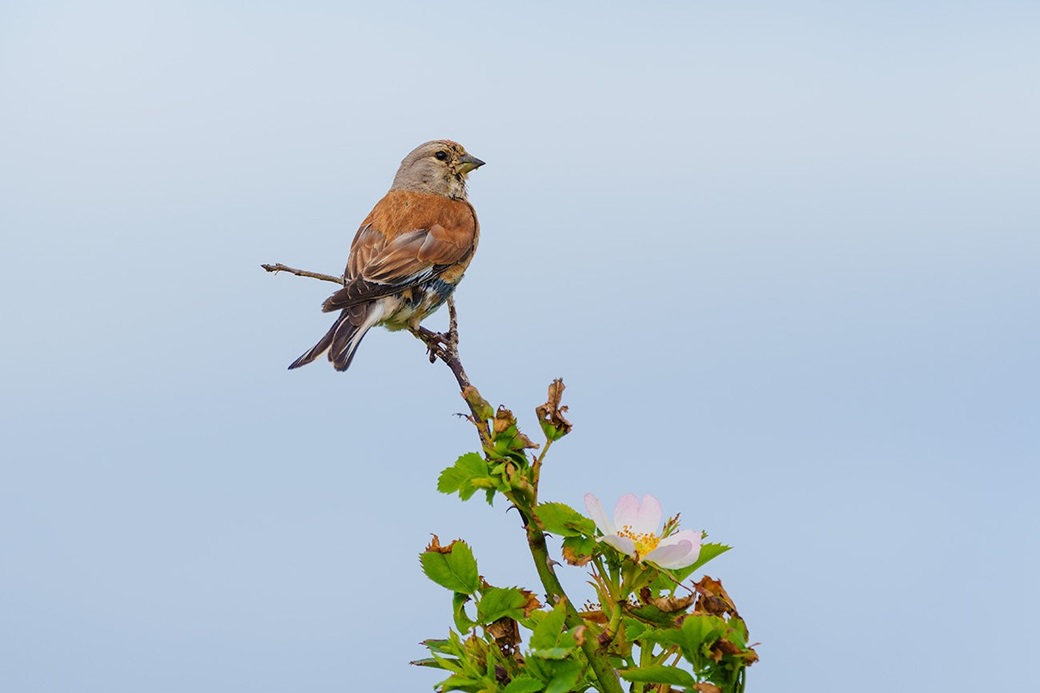
Image of a wren perched on a tall tree.
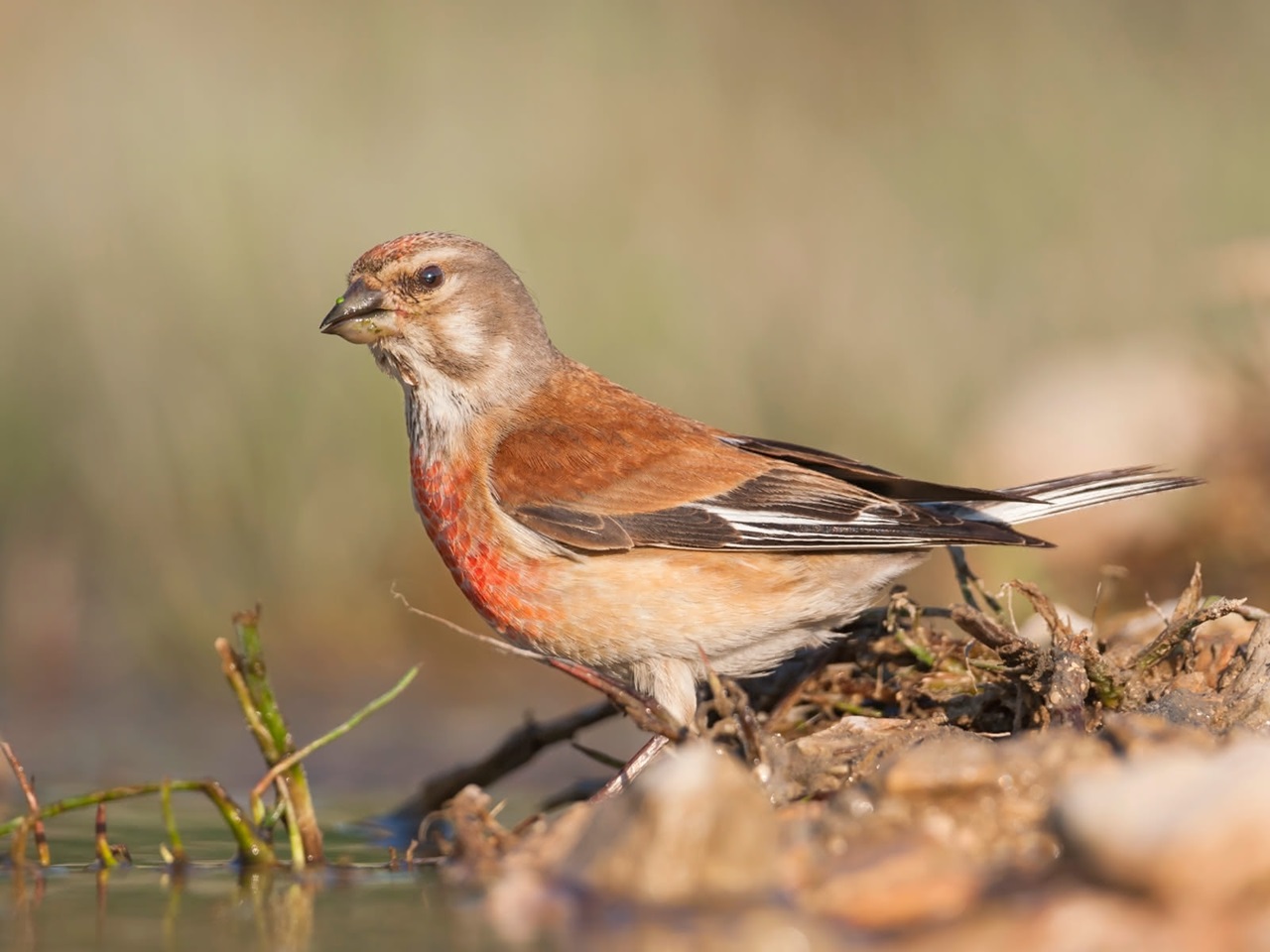
A wren is perched on the riverbank.
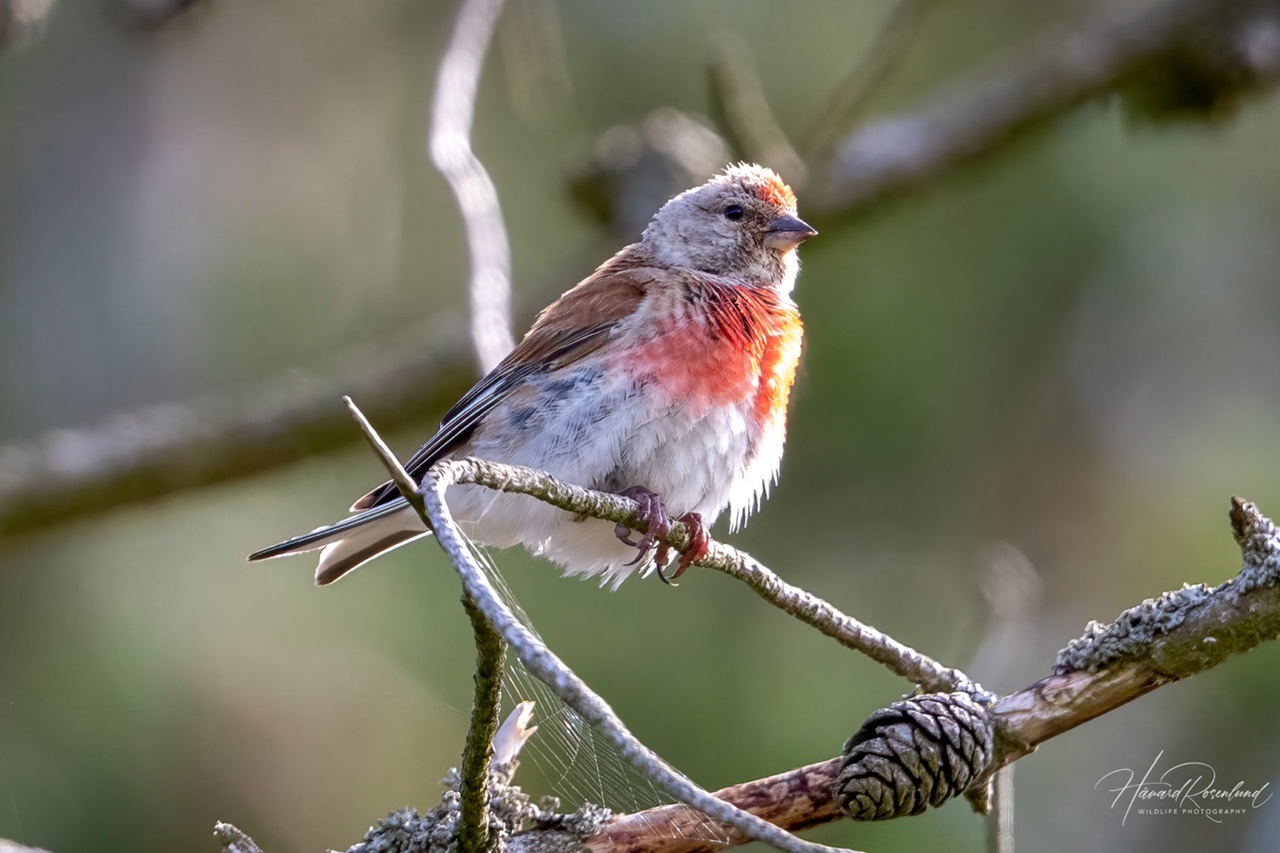
The Wren bird has a chubby, lovely appearance.
Above, nicebirds.net has shared with you all the information about the Wren (Linaria cannabina) - A small, beautiful wild bird from Europe and Western Asia. Although they are not raised as pets, Wrens play an important role in maintaining the ecological balance in semi-arid grasslands.
If you want to discover more interesting bird species, visit our Blog section now!
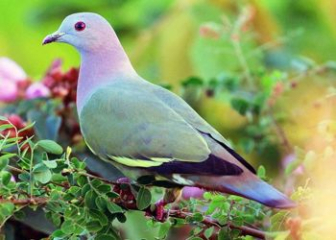
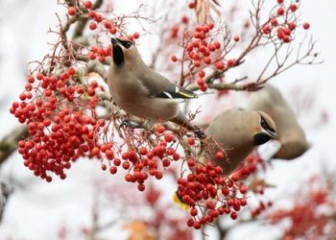
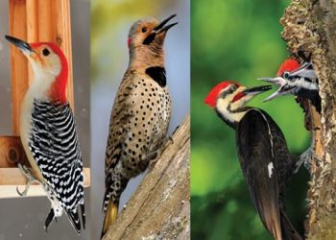

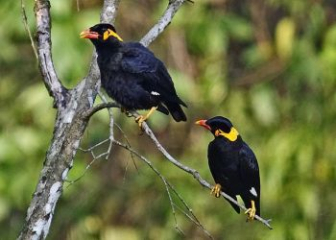
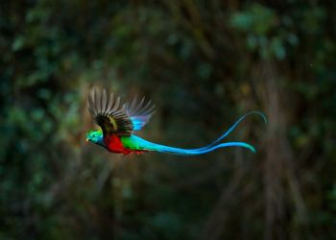

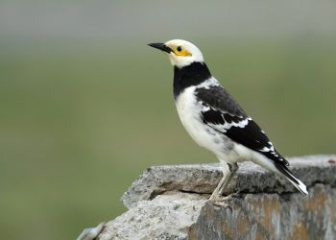
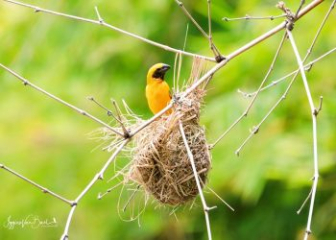
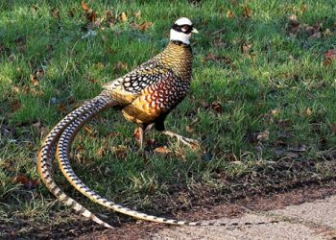
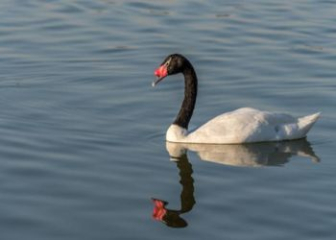
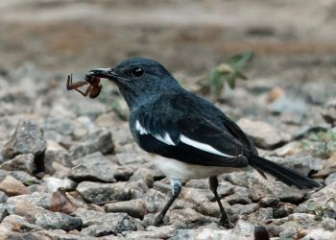


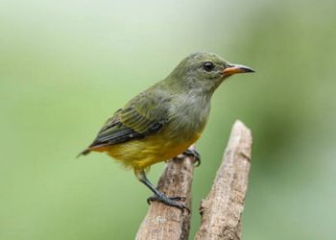
_350x250.jpg)
